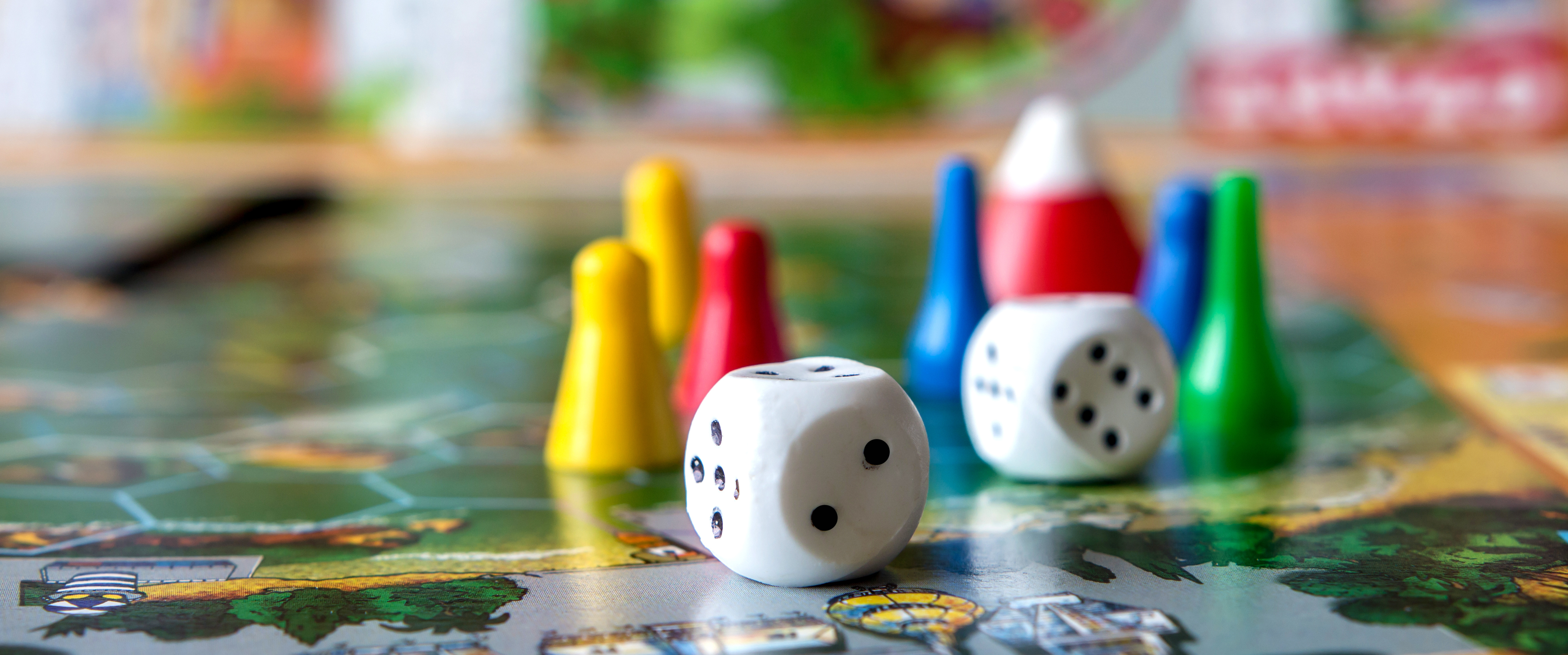I have been writing about gratitude for almost 4 years. I have talked with an Air Force Colonel, a Cirque Du Soleil performer, a Pulitzer Prize winning journalist, a New York Times bestselling author, professors, yogis, community activists, labor organizers, thought leaders, influencers, small business owners, and a Bahamian conch shack entrepreneur. I have learned a lot from these conversations. They spoke of journaling, surrounding themselves with things that are centering, like heart shaped rocks, and meditating when I asked them about how they focus on gratitude. They talked about becoming more grateful through reflection, communication, and presence. They talked about the way in which they practice gratitude with their families. “Gratitude games.”
Here are three gratitude games.
Challenge, Success, Beauty
Rachel Roberts spoke of a ritual she practices with her husband in the evenings around dinnertime. They ask these questions: “What was your biggest challenge, today?” “What was your greatest success, today?” and “What did you see today that was beautiful?” She shared that the process of talking through these questions provides a chance to understand each other more deeply, to learn about each other’s worlds, and to notice the fullness of their experiences (the challenges, the successes, and the beauty).
Good, Bad, Sad, Good
Col. Liesl Carter talked about a dinner table gratitude game she plays with her husband and children. They go around the table and say something good that happened that day. Once they have gone around the table with the good, they go around the table with the bad or sad. The game ends with following up with good and again. Carter explained that when you report out at the end of the day, you start looking for and recognizing small things throughout the day.
High Low Hero
Dr. Ferial Pearson discussed a gratitude game she plays with her family, High Low Hero. In High Low Hero, you think of your high for the day, your low for the day, and who was your hero for the day. They follow up the game by telling their heroes that they are their heroes. Pearson views gratitude happening in the practice of both paying attention to highs and lows, and sharing the thoughts with the heroes.
Why Play Gratitude Games
Across the interviews, gratitude is discussed as an active practice: something we do, a choice we make, a way we live. Expressing gratitude is viewed as centering, perspective shifting, and joyful. Gratitude games are part of daily routines. Rituals develop around gratitude games. Connections deepen around gratitude games. The time it takes to play gratitude games is precious. The games are paths to living more gratefully. They help us build our gratitude muscles. They ask us to stop and pay attention to our lives and each other. They may even take us from sad to happy, from fear to courage, from despair to hope.


